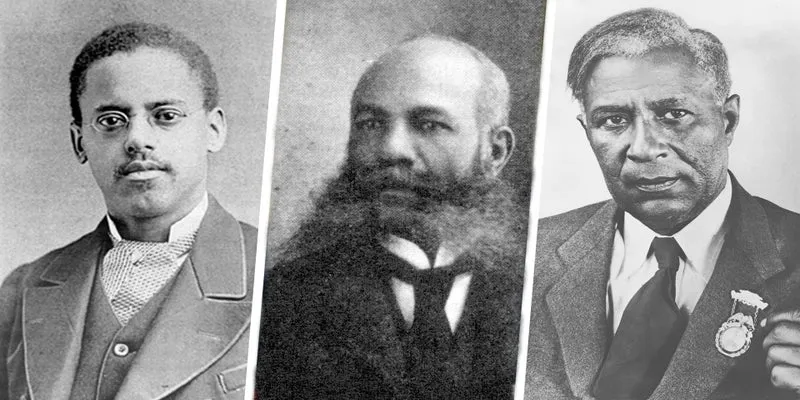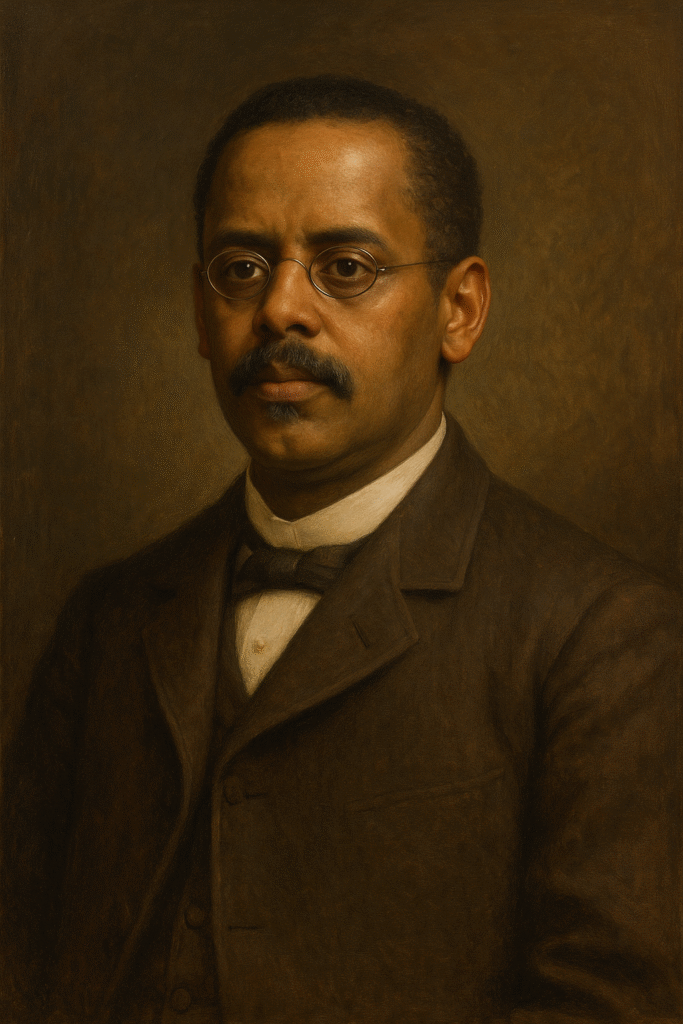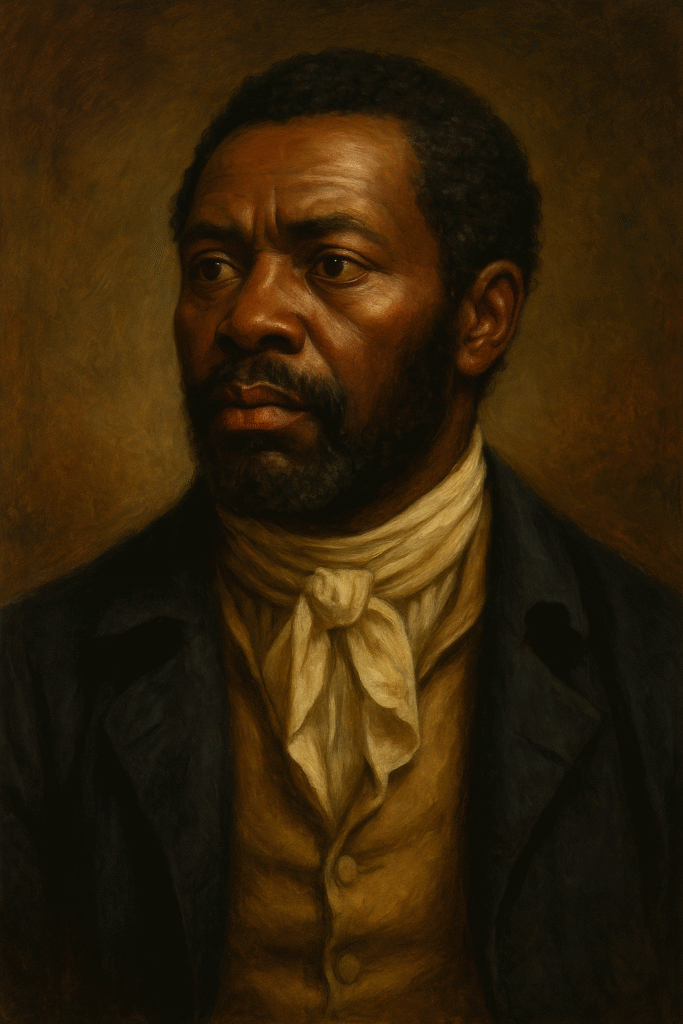Introduction to Osbourne Dorsey
Osbourne Dorsey was a notable African American inventor, best remembered for his contribution to the development of the door knob, an essential fixture in American households today. Born in the early 19th century, Dorsey’s life unfolded during a tumultuous period in American history, marked by racial discrimination and the fight for civil rights. These socio-historical challenges significantly shaped his journey into the world of invention.
Dorsey’s early years were filled with obstacles, yet they instilled in him a profound determination to innovate. During this time, opportunities for African Americans, particularly in the realm of science and invention, were exceedingly limited. Many fellow inventors faced systemic barriers that obstructed their paths to success. Despite these hurdles, Dorsey demonstrated remarkable resilience and ingenuity, ultimately securing a patent for his door knob design in 1878. This invention not only revolutionized the access control in buildings but also provided a level of convenience and safety that was previously unattainable.
The significance of the door knob stretches beyond its functional role; it symbolizes the ingenuity of African American inventors during an era when their contributions were often overlooked. By exploring the mechanics and designs of door knobs, one can appreciate how Dorsey’s invention transformed everyday lives and set a precedent within the home improvement industry. His work not only reflected technical expertise but also challenged contemporary notions of race and capability. Dorsey’s legacy endures in the very architecture of American homes, reminding us of the valuable contributions made by African American inventors despite the socio-economic barriers they faced.
The Invention of the Door Knob
Osbourne Dorsey’s innovation in 1878 fundamentally transformed the security and functionality of residential doors through his design of the door knob. Prior to this invention, door mechanisms often relied on basic latches or complicated locks that were not user-friendly, creating a demand for a more efficient solution. Dorsey’s door knob introduced a simple yet effective way to secure homes, featuring a design that provided ease of use while ensuring enhanced safety. The smooth turning action allowed individuals to access their homes swiftly, making it a practical addition to residential architecture.
The patent application process was crucial for Dorsey, who recognized the need to protect his invention against replication. His patent, granted in 1878, marked a significant milestone in the field of residential security. By successfully navigating the complexities of patent regulations, Dorsey not only secured his invention but also established a legacy that would influence door hardware design for generations to come. His patented design included a mechanism that effectively secured the door while still being easy to operate, which was particularly important in an era of rising urbanization and home ownership.
Beyond its technical merits, Dorsey’s door knob addressed specific needs within the context of 19th-century living. Anecdotal evidence suggests that the convenience and enhanced security provided by his design led to its rapid adoption in homes across the United States. Testimonials from early users highlight the door knob’s ease of installation and its superior ability to withstand wear and tear, which contributed to higher standards in home security. Overall, Dorsey’s door knob not only fulfilled the functional requirements of locks and latches but also represented a shift towards innovation and practicality in residential designs.
Impact and Legacy of Dorsey’s Work
Osbourne Dorsey’s invention of the door knob is not merely a testament to his creativity; it serves as a landmark achievement in the broader narrative of American innovation and specifically highlights the contributions of African American inventors to society. Before Dorsey, door handles were cumbersome and less intuitive, making access to spaces less convenient. With his simple yet effective design, Dorsey’s door knob not only improved usability but also laid the groundwork for future advancements in door hardware. His work exemplifies how a single invention can spur subsequent innovations, encouraging future inventors to think creatively about practical solutions for everyday problems.
Dorsey’s impact extends beyond his own invention; it also helps illustrate the often overlooked role that Black inventors have played in shaping technological progress. Historically, African American inventors faced significant barriers, including racial discrimination and a lack of representation in the invention community. Despite these challenges, Dorsey’s work shines as an example of resilience and ingenuity. The acknowledgment of his contributions is crucial, as it highlights the importance of promoting diversity within STEM fields. By recognizing the achievements of inventors like Dorsey, we challenge the prevailing narratives that often marginalize or erase the contributions of people of color in history.
Moreover, Dorsey’s legacy persists in modern door hardware, influencing designs that prioritize functionality and aesthetic appeal. The door knob has evolved further, yet the fundamental principles established by Dorsey—user-friendliness and accessibility—remain integral to contemporary designs. This connection between past and present serves as a reminder of the relentless pursuit of innovation across communities, highlighting that contributions to society’s progress can come from any background. Thus, Osbourne Dorsey’s work transcends time, reinforcing the need for inclusive recognition of all inventors within the narrative of technological advancement.
Continuing the Conversation: Recognition and Support for Black Inventors
Over the years, significant strides have been made in recognizing and supporting Black inventors and entrepreneurs. Since the time of Osbourne Dorsey, numerous initiatives have emerged that aim to uplift and empower individuals from historically marginalized communities. These contemporary efforts reflect a growing awareness of the need for diversity and inclusion within innovation and entrepreneurship, which have traditionally been dominated by a select few.
Organizations such as the National Society of Black Engineers (NSBE) and Black Inventors Club are at the forefront of these advancements. They provide valuable resources, mentorship programs, and networking opportunities designed to nurture aspiring inventors. Mentorship is particularly crucial, as it connects young Black innovators with experienced professionals who can offer guidance, encouragement, and essential industry contacts. By benefiting from such programs, budding inventors have the chance to refine their ideas and build impactful innovations.
Additionally, diverse funding initiatives now exist to specifically support Black entrepreneurs. Pitch competitions aimed at minority-owned businesses are becoming increasingly prevalent, providing financial backing and visibility. These opportunities not only equip inventors with necessary resources but also help break down barriers that have historically hindered Black individuals in this space.
Despite these advancements, challenges still persist for Black inventors. Access to capital remains a pressing issue, and many aspiring innovators face systemic hurdles that can discourage their progress. Thus, it is crucial for society to support efforts that advocate for equitable treatment and amplify underrepresented voices in the innovation ecosystem.
Readers interested in promoting inclusivity can contribute by actively supporting Black-owned businesses, participating in community initiatives, or volunteering with organizations focused on innovation diversity. By fostering an environment that celebrates the contributions of Black inventors, we honor the legacy of pioneers like Osbourne Dorsey and help pave the way for future innovators.










